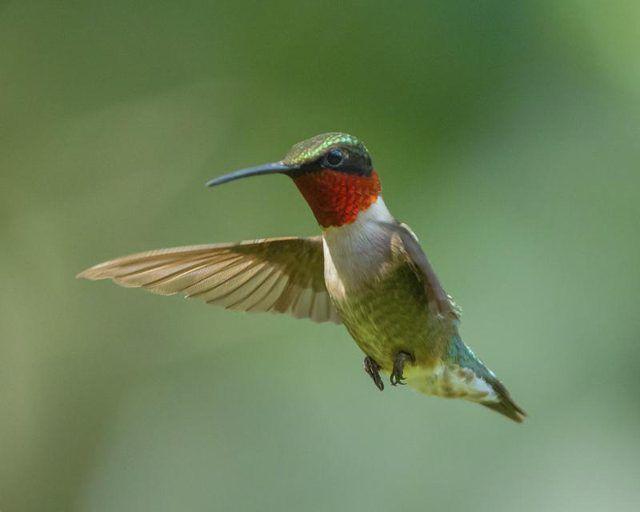Bulbs
Flower Basics
Flower Beds & Specialty Gardens
Flower Garden
Garden Furniture
Garden Gnomes
Garden Seeds
Garden Sheds
Garden Statues
Garden Tools & Supplies
Gardening Basics
Green & Organic
Groundcovers & Vines
Growing Annuals
Growing Basil
Growing Beans
Growing Berries
Growing Blueberries
Growing Cactus
Growing Corn
Growing Cotton
Growing Edibles
Growing Flowers
Growing Garlic
Growing Grapes
Growing Grass
Growing Herbs
Growing Jasmine
Growing Mint
Growing Mushrooms
Orchids
Growing Peanuts
Growing Perennials
Growing Plants
Growing Rosemary
Growing Roses
Growing Strawberries
Growing Sunflowers
Growing Thyme
Growing Tomatoes
Growing Tulips
Growing Vegetables
Herb Basics
Herb Garden
Indoor Growing
Landscaping Basics
Landscaping Patios
Landscaping Plants
Landscaping Shrubs
Landscaping Trees
Landscaping Walks & Pathways
Lawn Basics
Lawn Maintenance
Lawn Mowers
Lawn Ornaments
Lawn Planting
Lawn Tools
Outdoor Growing
Overall Landscape Planning
Pests, Weeds & Problems
Plant Basics
Rock Garden
Rose Garden
Shrubs
Soil
Specialty Gardens
Trees
Vegetable Garden
Yard Maintenance
How to Grow Summersweet
How to Grow Summersweet. Sweetly scented summer-blooming flowers and seed capsules that resemble peppercorns give summersweet (Clethra alnifolia), also called sweet pepperbush, its common names. Summersweet’s airy, delicate-looking flower panicles betray its ability to prosper in challenging locations. Growing summersweet is a snap even for...

Sweetly scented summer-blooming flowers and seed capsules that resemble peppercorns give summersweet (Clethra alnifolia), also called sweet pepperbush, its common names. Summersweet’s airy, delicate-looking flower panicles betray its ability to prosper in challenging locations. Growing summersweet is a snap even for novice gardeners because of its adaptability and few cultural demands.
Cultivar Choices
Throughout its perennial range in U.S. Department of Agriculture plant hardiness zones 3 through 9, summersweet’s cultivars offer varying heights for any size garden. If you have a small garden in USDA zones 4 through 8, grow "Crystalina" (Clethra alnifolia "Crystalina") or "Ruby Spice" (Clethra alnifolia "Ruby Spice"). "Crystalina" reaches only 2 to 3 feet with a 3- to 4-foot spread, and it has a tidy, rounded shape with white flowers. "Ruby Spice" grows a bit taller -- 4 to 6 feet -- but with a narrower spread of 3 to 5 feet, so it fills small-garden vertical spaces nicely. For smaller gardens in USDA zones 3 through 9, "Hummingbird" (Clethra alnifolia "Hummingbird") features white flowers and reaches 2 to 4 feet with a spread of 3 to 5 feet. If you have a larger garden in USDA zones 4 through 8, grow "Pink Spire" (Clethra alnifolia "Pink Spire"). This pink-flowering shrub may reach 8 feet with a 6-foot spread.
Sun, Soil and Spacing
When most flowering shrubs stop blooming in late summer, summersweet is just hitting its stride. This native shrub prefers well-draining acidic soil, and it tolerates clay soil, particularly if you add ground, composted pine bark to loosen the clay. Summersweet grows and flowers in full sun or full shade, and it is salt-tolerant for growing in coastal gardens. Space summersweet depending on cultivar requirements. To accommodate the species’ spread, space plants 6 feet apart. "Crystalina" needs 4-foot spacing, "Ruby Spice" and "Hummingbird" need 5-foot spacing, and plant "Pink Spire" with 6-foot spacing between plants.
Water and Fertilizer
You can grow summersweet in problem areas, such as low-lying spots where rainwater collects temporarily, because it has the ability to thrive in moist but well-draining soil, which often means death to other plants. Mature plants can tolerate infrequent periods of drought, but they respond best if you keep the soil consistently moist. Before the leaf buds open in spring, apply 1 pound of 10-10-10 fertilizer around plants per 100-square-foot area, and reapply at the same rate after plants stop flowering in summer.
Pests and Pruning
Summersweet is rarely bothered by any pests or disease. The shrubs keep a tidy, natural shape, so you typically won’t have to prune them unless an errant shrub grows out of its boundaries. Summersweet flowers on new wood, which means that you can prune it in later winter to early spring and it will still bloom in summer. Mature plants form plantlets around the crown, which you can remove from the parent plant and transplant elsewhere in your garden. Disinfect pruning tools by soaking them for five minutes in a solution of three parts water and one part household pine-oil cleaner, and rinse tools before cutting plants.